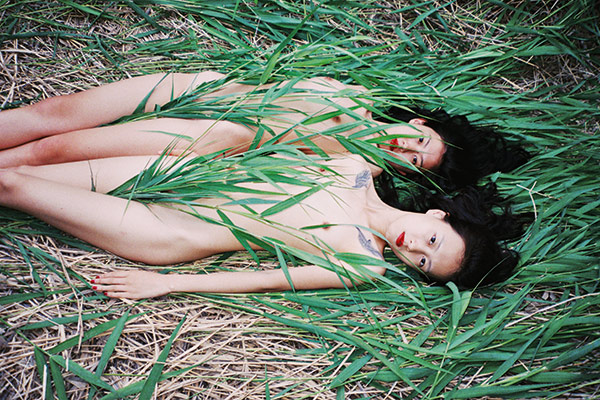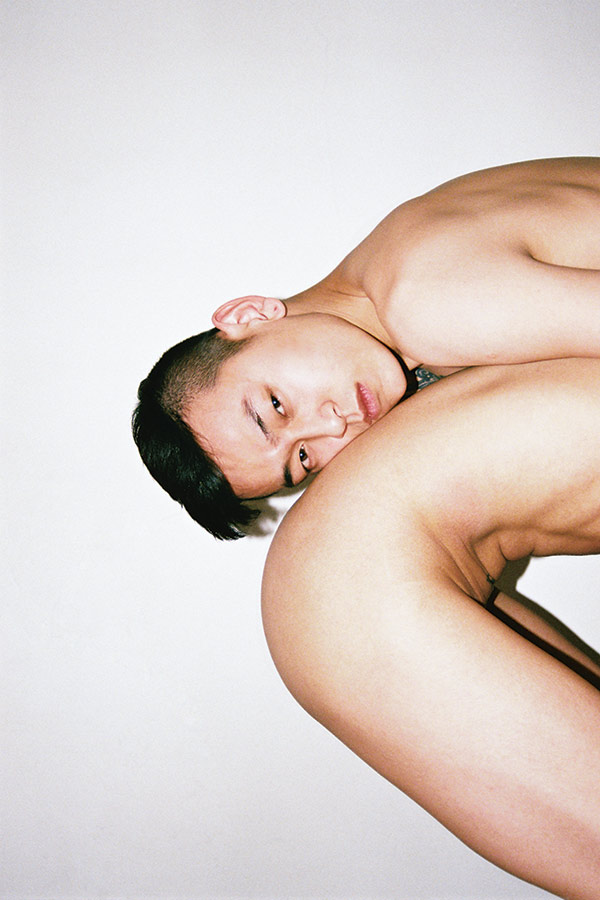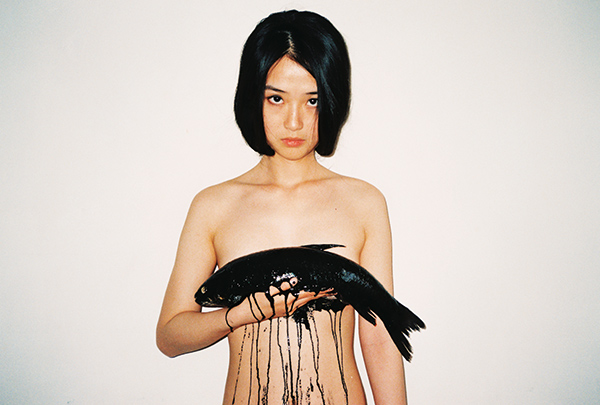 |
| Photo by Ren Hang |
The Subversive Fantasies of Ren Hang (1987–2017)
Aperture remembers the surprising, defiant work of the Chinese photographer. Despite China’s strict censorship, Hang’s playful vision cleverly pushed the limits of self expression.
By Stephanie H. Tung
Ren Hang, Untitled, 2013-14
One of China’s most distinctive young photographers, Ren Hang makes cool, saturated images that are tightly composed and lit with stark flash. Prominently featuring red lips, black hair, and supple flesh, his photography creates a world where sex, desire, and the joy of voyeurism create a visceral effect. Although most of his recent solo exhibitions have been held outside of China, viewers have gravitated toward his work when it has appeared in group shows in Beijing and Shanghai.

Ren Hang, Untitled, 2014
Born in 1987, Ren Hang left his home in Changchun city in Northern China to study advertising at the Communication University of China in Beijing. He began photographing his friends as an escape from the tedium of class. Using a small Minolta point-and-shoot camera, Ren Hang acts as director, moving hands and legs, lifting girls on top of girls, and arranging flowers on top of men. The subjects are all close friends or models he interviews beforehand who trust and respond well to the photographer’s demands. The resulting photographs—untitled and dated only for convenience—do not consciously attempt to address queer identity in China but rather function as a form of play or performance in a place where any explicit declaration of same-sex orientation is still considered risky and nude photographs are routinely labeled pornographic.

Ren Hang, Untitled, 2013-14
Since his first photographs from 2008, Ren Hang’s images have shifted from seemingly candid shots of individual nudes to more complex compositions involving groups of people interacting with each other and props. Though he acknowledges a debt to the frank displays of sex by photographers such as Juergen Teller, Nan Goldin, and Araki Nobuyoshi, Ren Hang identifies most with the dark absurdity of Shuji Terayama, a filmmaker best known for his surreal theater and cinema. Like Terayama, Ren Hang explores the erotic through startling juxtapositions that evoke fantasies: “My work is all about sex, lust, and porn,” says Hang, “but I’m not quite at the point where I can make people feel desire yet.” Though Ren Hang’s photographs often depict same-sex relations, in his work gender and sexual preference dissolve as he directs the models into provocative arrangements and compositions. The nude bodies become so strange and fluid and bare that it is difficult to pin any label on them.

Ren Hang, Untitled, 2013-14
Ren Hang has learned to adapt to the censorial conditions of working in China. He develops and scans his film at private studios to avoid obscenity charges and has become keenly aware of the potential for censorship. Still, he is often harassed online, and his works, when on public view, have been spit upon or taken down, leaving only empty frames. Yet when asked if he wants to continue working in Beijing, Ren Hang responds: “Yes, of course; even though China refuses me, I don’t care. China is still pretty conservative, but it’s the same elsewhere, and not even young people are exempt [from sharing these views]. As long as I like photographing, then I’ll still photograph.” Precociously self-aware, Ren Hang is part of a new generation of young photographers in China daring to push the limits of society from within with bold, defiant work.
Stephanie H. Tung was a contributing author to The Chinese Photobook, published by Aperture in 2015.
This essay was originally published in Aperture Issue 218, “Queer.”


No comments:
Post a Comment